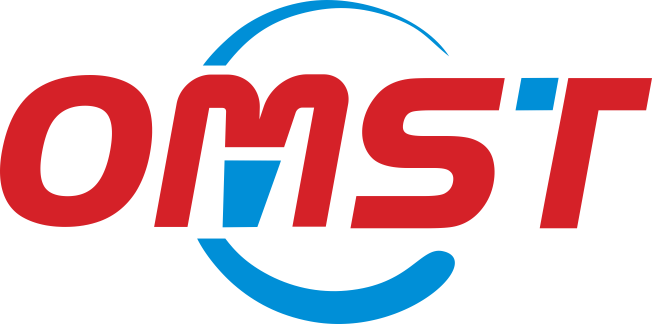Most Frequently Used Cutting Tools in Vertical Milling Machines
Vertical milling machines (VMCs) are essential for machining planes, grooves, e contornos 3D complexos. Tool selection directly impacts efficiency and finish quality. This guide explores key end mill cutter types and selection logic for machining success.
Core End Mill Cutter Types: From General to Specialized
1. Flat End Mill
Aplicações:
- Face milling
- Square shoulder milling
- Entalhamento (mold bases, mechanical components)
Technical Advantages:
- 4-6 flute carbide body (ISO P20-P40)
- Coarse pitch design (>8em milímetro) improves chip evacuation
User Tip: Use DLC coating for aluminum to prevent material adhesion.
2. Ball Nose End Mill
Aplicações:
- 3D contour finishing
- Aerospace blade profiling
- Artistic engraving
Variants:
- Single-flute: Cost-effective for manual regrinding
- Indexable multi-flute: R0.5-R6mm radius, IT5 precision
Performance: Achieves Ra0.4μm finish in 5-axis machining.
3. Corner Radius End Mill
Principais características:
- 0.5-3mm radius reduces stress concentration
- 30°-45° helix angle balances cutting forces
- Case Study: Automotive molds achieved 120-minute tool life on HRC45 steel with R2mm tools.
Case Study: Automotive molds achieved 120-minute tool life on HRC45 steel with R2mm tools.
4. Roughing End Mill
Efficiency Metrics:
- Serrated edges boost material removal by 30%
- Reduces cutting forces by 25%
- MQL decreases coolant use by 80%
5. Tapered End Mill
Aplicações:
- Mold draft angles
- Precision narrow slotting
- Hole enlargement
Advantage: 1°-15° taper angle improves vibration resistance.
6. Keyseat Cutter
Aplicações:
- Shaft keyways
- Gear splines
- Design: Full-radius edges ensure ±0.01mm sidewall perpendicularity.
7. Drill Mill
Aplicações:
- Combined drilling/milling
- Deburring
- Small-batch prototyping
Benefit: Multifunctional design reduces tool changes.
End Mill Selection Framework: Material, Stage, Machine
Material-Specific Solutions
| Material | Recommended Coating | Application Example |
|---|---|---|
| Alumínio (6061) | AlTiN+DLC hybrid | Aerospace frames |
| Stainless (304) | AlCrN nano-coating | Medical implants |
| Ferro fundido | TiCN | Machine tool beds |
| Titânio | CBN | Jet engine blades |
Machining Phase Strategy
- Desbaste: High-feed end mills (≥0.15mm/tooth) + trochoidal paths
- Semi-Finishing: Corner radius end mills + helical interpolation
- Acabamento: Ball nose tools with 0.05mm stepover (Ra0.8μm achievable)
Machine Optimization
- Long overhangs: Anti-vibration holders + <10mm tools (L:D ratio <5:1)
- High-speed spindles: G1-grade balanced tools
User FAQs: End Mill Solutions
1º: How to prevent insert chipping in titanium?
Um: Use CBN-coated end mills with climb milling (reduce speed 30%, double tool life).
Q2: Cost-saving for low-volume production?
Um: Modular toolholders compatible with flat/ball/corner radius heads.
3º: Chip evacuation in deep cavities?
Um: Roughing end mills + plunge milling + air blast (40% efficiency gain).
4º: Aluminum sticking solutions?
Um: DLC-coated tools + air/oil mist cooling (21.4% force reduction).
Emerging Trends
- AI Optimization: Automatic parameter matching algorithms
- Eco-Coatings: ISO 14855-certified biodegradable AlCrN
- Digital Twins: Siemens Teamcenter for virtual tool life prediction
- Nano-Composites: DLC coatings extend non-ferrous tool life
Conclusão
Optimize end mill cutter types selection by evaluating:
- Material properties → Coating tech (AlTiN/DLC)
- Machining phase → Dedicated roughing/finishing tools
- Machine capability → Rigidity/speed compatibility
Carbide flat and corner radius end mills solve 80% of applications – the ultimate solution for modern workshops.
 Cortadores de fresagem de precisão,Ferramentas de corte para usinagem CNC de todos os materiais
Cortadores de fresagem de precisão,Ferramentas de corte para usinagem CNC de todos os materiais
